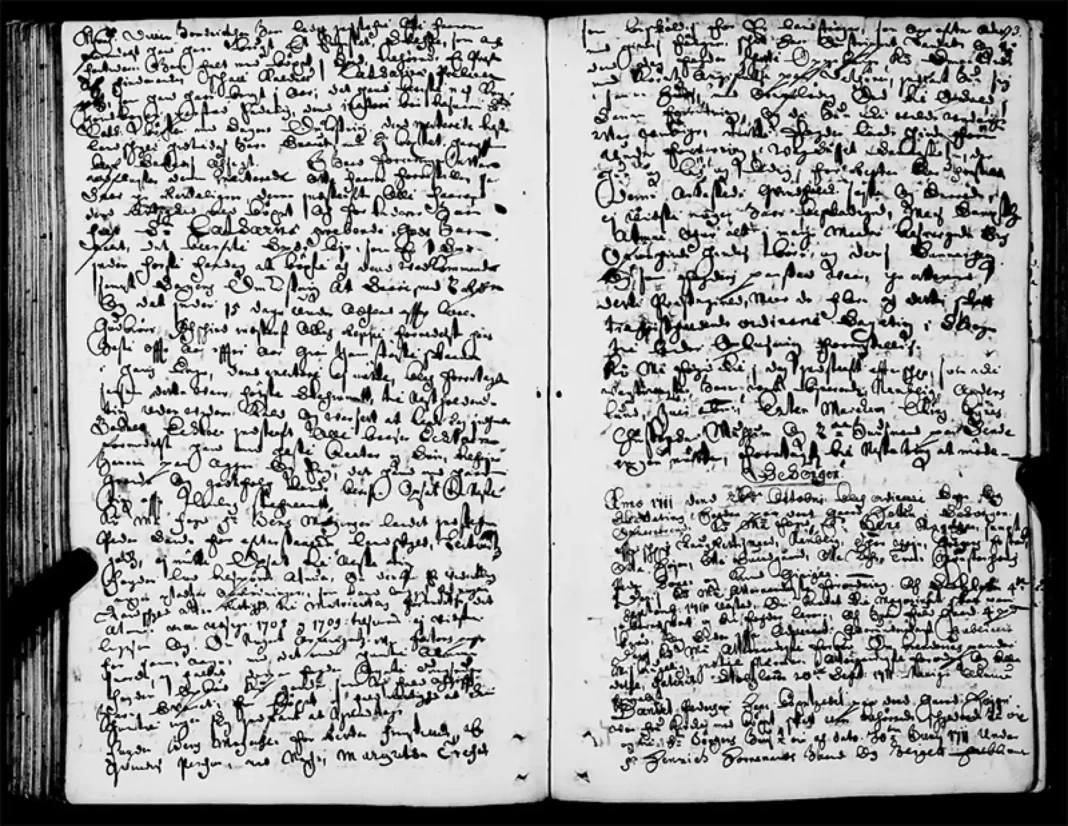The Norwegian University of Science and Technology presented the results of a study that investigated “wizard” trials. Scholars have found that similar trials in Norway did not end until the 18th century, and hundreds of the accused were executed. According to a university release, “witch hunts” were widespread in Norway in the 16th and 17th centuries. According to the data provided, about 750 people during that time were accused of witchcraft and about 300 of them were sentenced to death. Many of these unfortunates were burned at the stake. The researchers also note that among the executed “wizards” there is a significant number of Saami. For example, out of 91 people sentenced to death in Finnmark during the above period, 18 were Saami. Material for the study of scientists became the surviving court records of those times. Their study allowed to reveal some details of the processes.
Thus, historian Ellen Alm’s team has established from court records that three Sámi were accused of witchcraft: Finn-Kristin, Ann Aslaxdatter and Henrik Meraker. The last of them was eventually sentenced to death. “Since many Saami had Norwegian-sounding names, there may have been even more,” the researchers note.
Historians have identified several potential reasons why the terrible persecution of witchcraft was finally ended in the 18th century. During the “witch” trials of the 16th and 17th centuries, the use of torture to extract confessions was illegal, and convicted “criminals” were prohibited from testifying. This meant that a convicted “witch” could not reveal the names of other “witches”. “But not infrequently in witchcraft cases, the law has often turned a blind eye,” says co-author Anne-Sophie Schötner Skaar. – Torture was used and convicted “witches” were forced to name their “accomplices”. The letter of the law has been interpreted very differently and this has led to many “witch” trials. “But at the end of the 17th century, judicial practice began to change. Some judges became stricter, demanded the necessary evidence and no longer tolerated the use of torture.”
Towards the end of the 17th century, more and more judges began to follow the law, which made it difficult to bring witchcraft cases to court. “How can you prove a supposed crime if it is no longer acceptable to force someone to confess?” – this is the question asked by modern researchers, noting that when the persecution of witchcraft ceased, another mechanism of control and combating appeared. the Saami religion: missionaries appeared on the scene. “It seems that the missionaries took over from the judicial system to ‘deal’ with the Saami religion and its practice,” says Schötner-Skaar. There is good evidence for this in eighteenth-century missionary accounts.
“Some of these missionary accounts are terrible to read. We find descriptions of Saami engaged in “devil sorcery”. The missionary accounts show that the Saami religion was still interpreted by some as witchcraft and the work of the devil, although the judicial system no longer seemed interested in pursuing this,” she says.
The priest Johan Randulf, author of the Neroi Manuscript, wrote that “the Southern Saami have many different gods, but they all belong to the devil: ‘I know that he, together with all the others [Saami gods], is the devil himself’ – this is how the priest describes one of the Southern Saami gods, and also describes yoik, the traditional Saami singing style, as “Satan’s song”.
Photo: A document from the 18th century contains information Margareta Mortendatter Trefault, accused of witchcraft / Digital Archives









